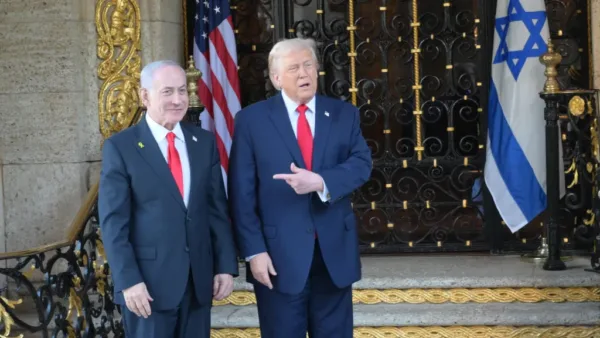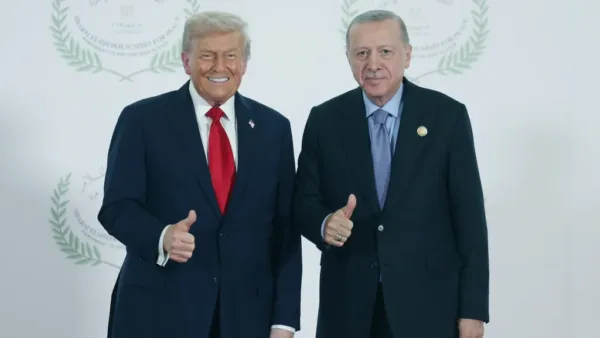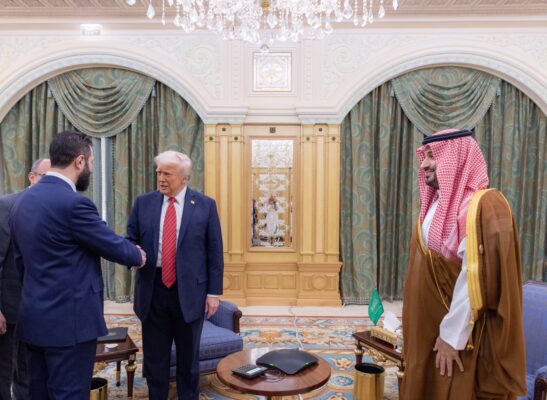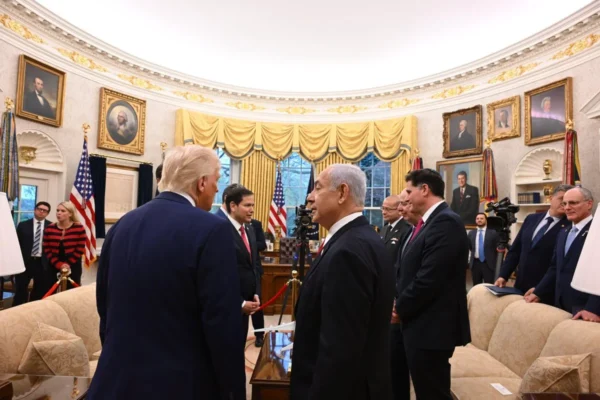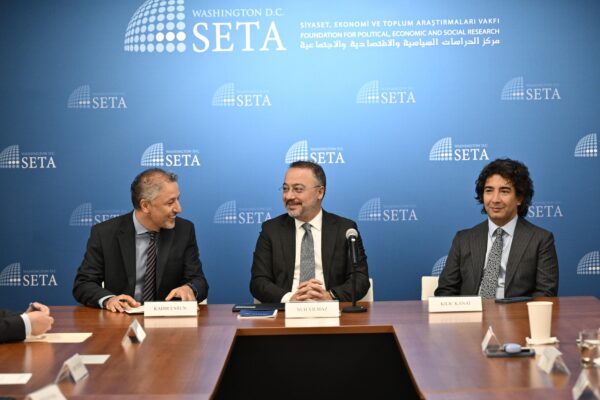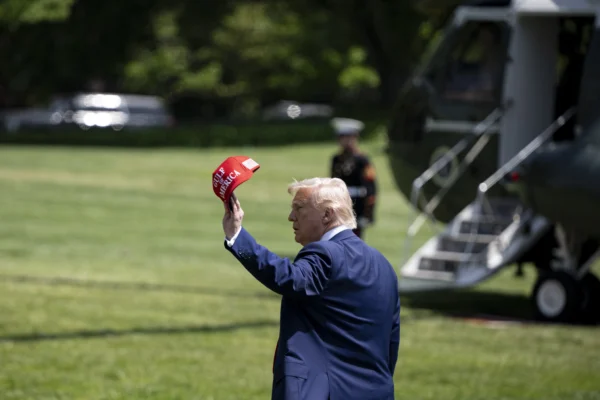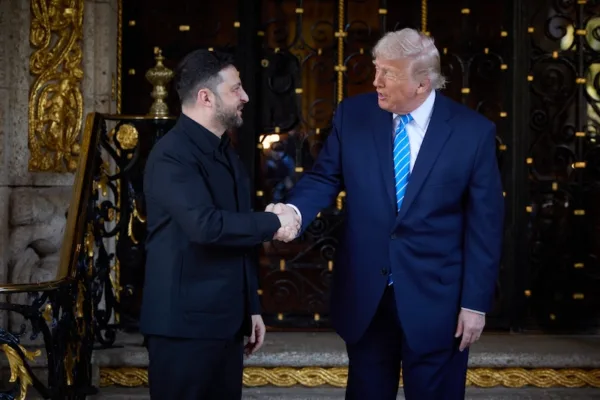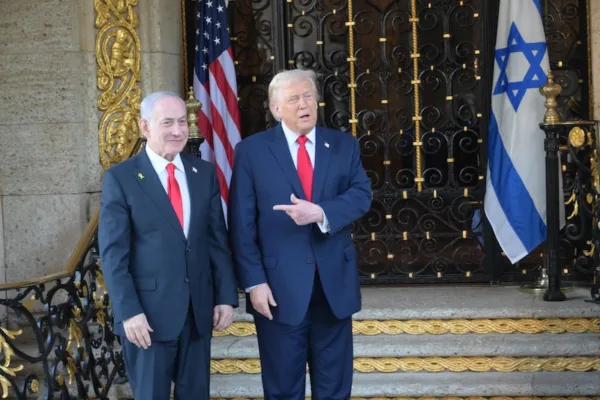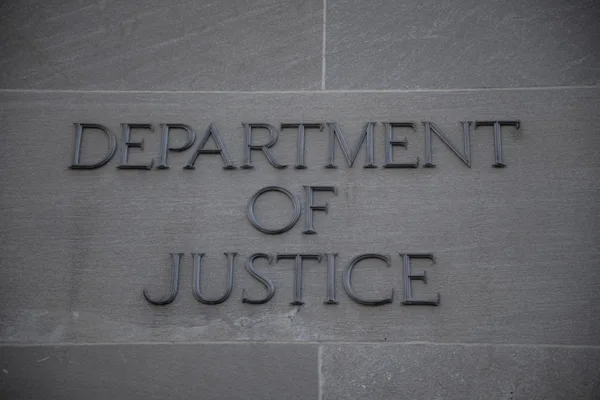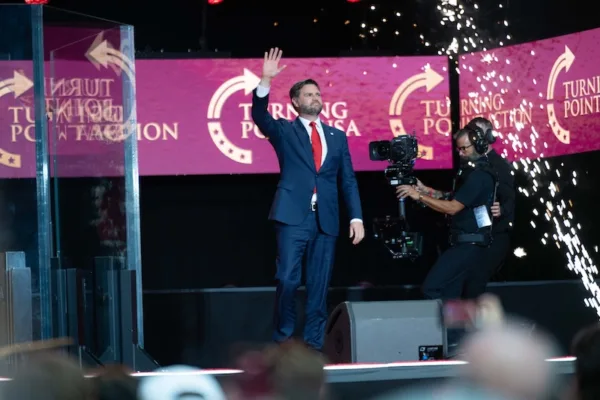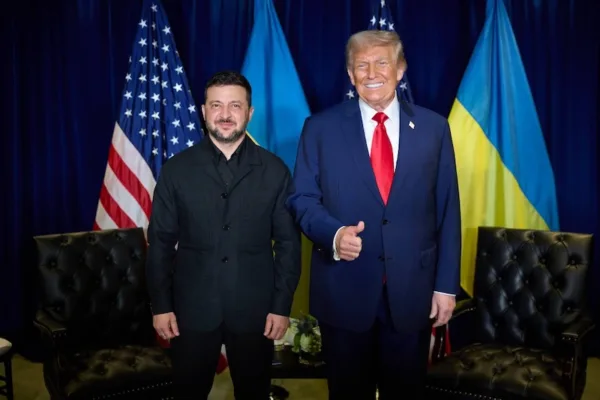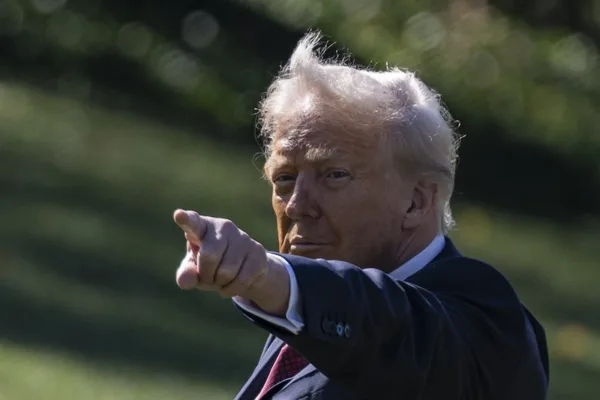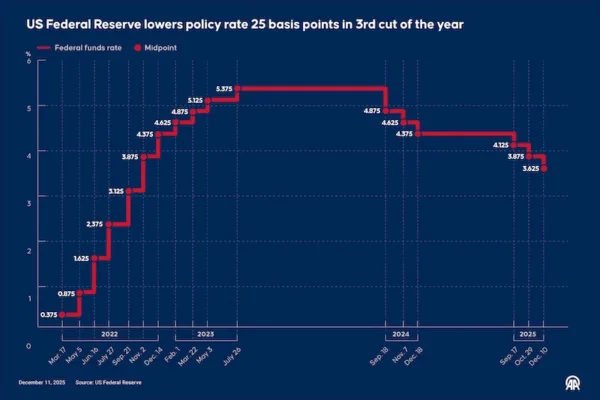Two weeks of Trump foreign policy: Divergence and convergence
Two weeks after the inauguration of U.S. President Donald Trump, there are still many questions left to be answered regarding his foreign policy and national security. Amid speculation that political analysts and U.S. foreign policy experts have been observing the Trump administration’s foreign policy moves with scrutiny ever since election night, speculation regarding where U.S. foreign policy may be headed still persist. While some panels have managed to clarify a few issues, questions remain as the policies under the Trump administration remain in their infancy phase. Regardless of where the country is headed, the sense of urgency surrounding current international problems and growing global risks compel observers around the world to keep a wary eye on developments as they come out of Washington.
It has always been hard for U.S. administrations to determine foreign policy, and there have always been different voices in Washington D.C. arguing over it, that’s the reason for today’s absence of any decisions in the U.S.
Foremost, observers are struggling to reconcile the rhetoric of “presidential candidate” Trump with the foreign policy of “President” Trump, working to identify the divergences and convergences of both his rhetoric and his execution of campaign promises; namely, the recently signed executive orders that demonstrate Trump’s adherence to campaign promises on issues such as the Trans-Pacific Partnership (TPP) deal and the immigration crisis.
Even though the Trump administration handed down executive orders to the chagrin of liberals and liberal conservatives alike, the new administration seems to have also toned down its rhetoric, shifting its discourse to a slightly less hawkish one. For instance, while National Security Advisor Mike Flynn warned against the ballistic missile testing and the Iranian government’s support of Houthi militants this week, there has been little emphasis on the elimination of the Iranian Nuclear Deal anymore, indicating that Washington’s policy on Iran will focus primarily on monitoring Iran’s compliance in the agreement.
Regarding Russia, observers’ expectations of the potential emergence of a “honeymoon phase” between the U.S. and Russia during the Trump era, we have not seen any substantial improvements in relations with the Kremlin thus far. In fact, in one of the first statements from U.S. Ambassador to the U.N. Nikki Haley, we heard warnings issued to Russia for its activity in eastern Ukraine as Ambassador Haley said: “We want to better our relations with Russia. …However, the dire situation in eastern Ukraine is one that demands clear and strong condemnations of Russian actions.” Thus, we may see President Trump diverge from his “presidential candidate” persona to an executive one, complete with a few modifications to his positions on foreign policy.
The second question we must ask is: Who will be in charge of foreign and security policy under the Trump administration and in what capacity? Again, a few dimensions of this question may be answered by looking at the president’s recent appointments. For instance, President Trump’s appointment of son-in-law Jared Kushner is likely to come with new items on the agenda pertaining to the Middle East, including the Middle East Peace Process. During a rally, President Trump openly indicated this, stating: “If you can’t produce peace in the Middle East, nobody can,” showing his trust to Kushner’s ability to achieve this goal. Again, in regards to foreign trade policy, reports indicated that the Trump administration will likely implement this policy via U.S. Commerce Secretary Wilbur Ross, rather than the U.S. trade representative or the newly established White House Trade Council, headed by Peter Navarro. Again, in regards to the fight against Daesh, President Trump gave the Pentagon and Secretary of Defense James Mattis a bit of time to devise a new plan for eradicating the group from Syria and Iraq, vowing to rid the area of Daesh in only a number of days.
However, there are potential significant rivalries – what Graham Allison used to call “bureaucratic politics” – among different agencies in regards to the different issue areas. For instance, even regarding the Daesh policy, although the Pentagon will come up with its plan, which according to some reports there is a slight chance that it may be a revised version of the plan that Obama left for the Trump administration, there may be serious interventions to this policy from the White House. Although the National Security advisor and many members of his team are former military service men, they may have some different ideas and approaches in regards to the fight against Daesh.
Again, the complexity of the situation on the ground will add significant diplomatic dimensions to this problem as well, thus allowing the inclusion of the State Department in the process as well. For instance, after the statement about “safe zones” from the White House, the first reaction was from the Russian Foreign Ministry in regards to the lack of clarity about the implementation of this plan. Thus, if this plan materializes, there will be a lot of volleying back and forth between the State Department and the Foreign Ministries of other states. Although this inter-agency deliberation and competition has persistently emerged in Washington, D.C., it would be interesting to see this decision progress in the absence of any rules (so far) for this administration.
This article was first published in Daily Sabah on February 4, 2017.


